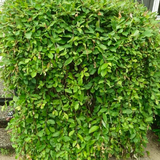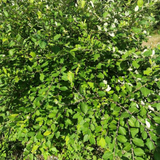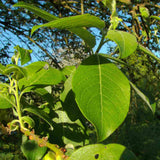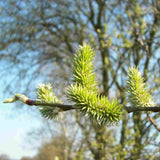Bare Root
Field grown, bare roots are young plants that are only planted when they are dormant, from autumn to spring. We lift bare root plants and despatch them during the season but they can be pre-ordered in summer. As they are cheaper to grow, they are one of our most affordable hedge planting options.















